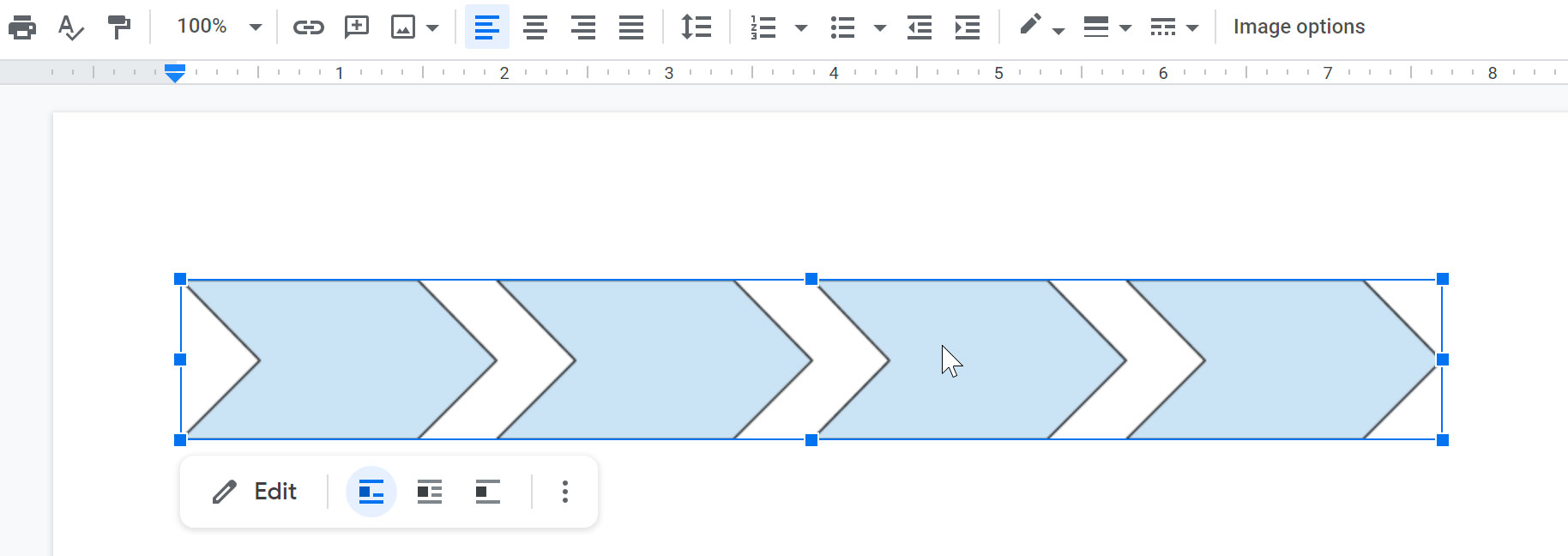

This resizes the image to completely fill the given dimensions. Set default values for both variables to account for cases where dimensions may not be present in the image URL. The values for these variables will be populated by Property Manager in a later step. in the Policy Variables editor, create two new variables: one called width, and one called height.Click Variable in the Width field and select Add Variable.Change Fixed Value to Variable for both parameters.Give your new policy a name, for example, "resize".Ĭlick + to open the list of Transformations.Select the policy set to which you wish to add the new policy.Click +Create, then click Policy on the menu that appears.Select the correct Contract from the list. Log in to Akamai Control Center, then go to ☰ > CDN > Image and Video Manager.

The URL of the original image that Image and Video Manager requests actually looks something like this: Those directories don't actually exist at your origin. It's worth noting that the desired width (900px) and height (600px) of the resized image exist as virtual directories in the URL. The URL for the image must be on your domain and contain image dimensions in the path, for example: Using both Image and Video Manager and Property Manager it's possible to extract those dimensions and use them to dynamically resize images without having to change any existing URLs. This is particularly useful if you want to allow a creative team to resize images without giving them access to Image and Video Manager.Ī specific example is published image dimensions in the URL path. In addition to resizing images using hard coded dimensions, you can use Image and Video Manager to dynamically resize images based on published dimensions.


 0 kommentar(er)
0 kommentar(er)
